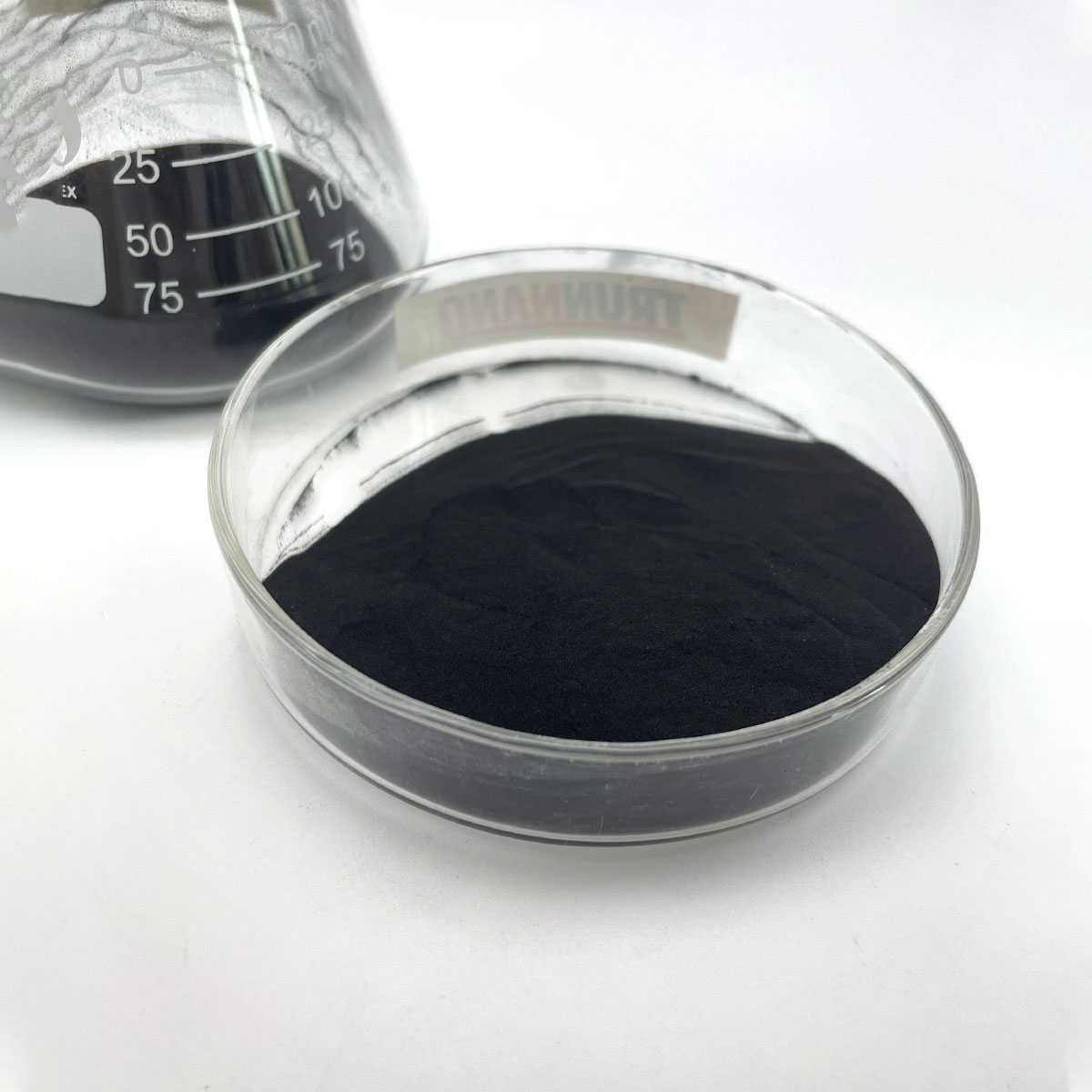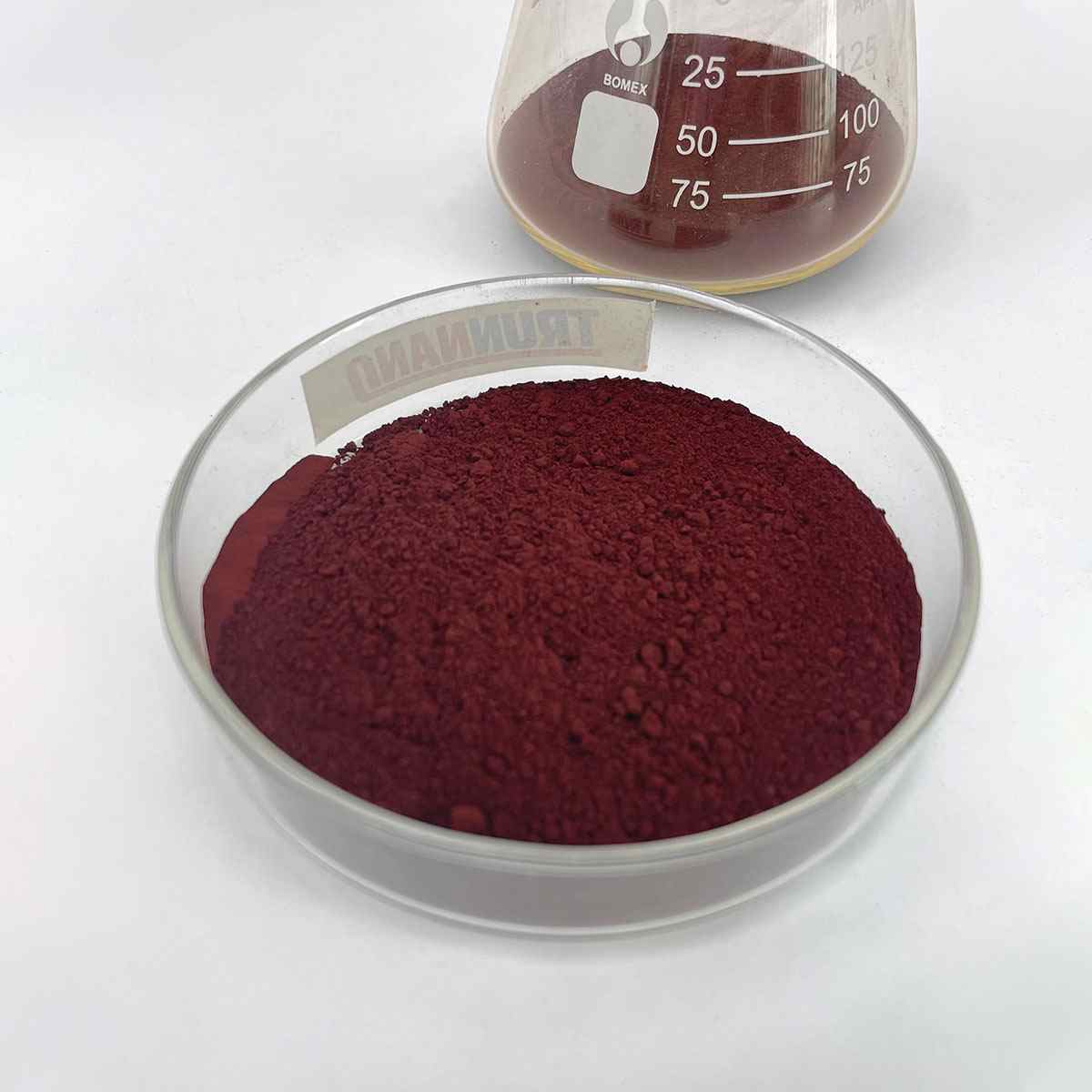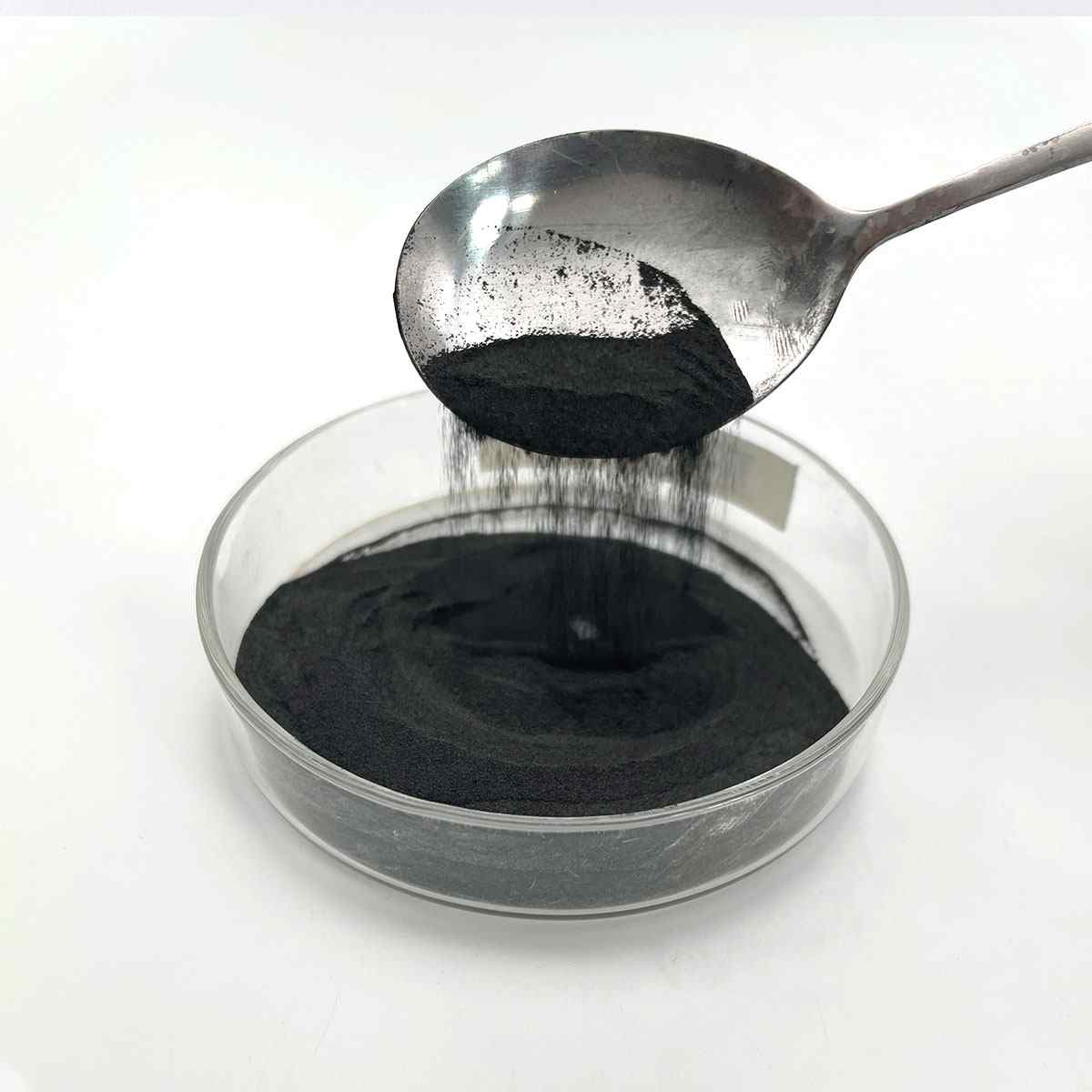Overview of Cationic Organic Surfactant for Wastewater Treatment
Cationic surfactants are a class of surface-active agents that contain a positively charged head group or cation when dissolved in aqueous solutions. They are characterized by their unique ability to interact with negatively charged surfaces, making them versatile compounds with applications across industries including personal care, household cleaning, textiles, agriculture, and pharmaceuticals. Their positive charge allows for specific interactions with anionic (negatively charged) molecules, which governs their functionality in various formulations.
Features of Cationic Organic Surfactant for Wastewater Treatment
-
Positive Charge: The hydrophilic (water-loving) head of a cationic surfactant carries a positive charge, typically derived from ammonium, pyridinium, or quaternary ammonium groups.
-
Strong Binding: Due to their positive charge, they bind strongly to negatively charged surfaces, like those found on skin, hair, or certain bacteria and viruses.
-
Emulsifying & Foaming Properties: Many cationic surfactants are effective emulsifiers, stabilizing oil and water mixtures, and can produce stable foams.
-
Conditioning & Softening: In personal care products, they improve the feel of hair and skin by depositing a conditioning film, enhancing manageability and softness.
-
Antimicrobial Activity: Some cationic surfactants exhibit bactericidal or virucidal properties, making them useful in disinfectants and sanitizers.
-
Compatibility: They can be formulated with other types of surfactants to enhance performance or modify product properties.

(Cationic Organic Surfactant for Wastewater Treatment)
Specification of Cationic Organic Surfactant for Wastewater Treatment
Cationic Organic Surfactant for Wastewater Therapy is a customized chemical item made to get rid of pollutants from industrial and municipal wastewater. This surfactant lugs a favorable cost. It engages properly with negatively billed particles like oils, oils, and organic matter. The item is ideal for breaking down challenging pollutants in water supply.
The chemical composition consists of quaternary ammonium compounds. These substances make sure strong binding with impurities. The surfactant is water-soluble. It spreads promptly in wastewater. The solution works throughout a broad pH range. It remains secure in acidic and alkaline problems. The active ingredient concentration is 40-50%. This makes certain high efficiency with minimal dosage.
The item is naturally degradable. It reduces ecological impact compared to conventional surfactants. It meets worldwide requirements for green chemicals. The surfactant is compatible with the majority of wastewater therapy processes. It can be utilized along with coagulants or flocculants. No hazardous by-products create during application.
Applications consist of oil-water separation, sludge dewatering, and surface area cleaning. It is effective in dealing with wastewater from fabrics, food processing, and petrochemical industries. The surfactant decreases surface tension. This enables pollutants to glob with each other. They come to be simpler to filter or clear up.
Product packaging alternatives consist of 25kg bags, 200kg drums, or mass containers. Storage space needs an amazing, dry location. Avoid straight sunlight. The service life is year. Security standards suggest handwear covers and goggles during handling. Prevent breathing or skin contact.
The surfactant enhances therapy efficiency. It lowers functional prices by reducing chemical usage. It sustains conformity with wastewater discharge regulations. Examining is advised to determine ideal dose. Personalized formulas are readily available for specific contaminants. Technical support is provided to guarantee appropriate assimilation right into therapy systems.

(Cationic Organic Surfactant for Wastewater Treatment)
Applications of Cationic Organic Surfactant for Wastewater Treatment
Cationic natural surfactants play a key role in wastewater treatment. These chemicals bring a favorable cost. This assists them bind to negatively charged fragments in water. Usual pollutants like oils, hefty steels, and raw material typically lug negative fees. The surfactants adhere to these toxins. This makes it less complicated to remove them from water.
One significant usage is breaking down oil and grease. Industrial wastewater commonly contains oily compounds. Cationic surfactants surround oil droplets. They create little fragments called micelles. These micelles maintain oil put on hold in water. This avoids oil from clumping or staying with surface areas. The procedure improves separation during filtering.
Hefty metal removal is an additional crucial application. Metals like lead or cadmium are dangerous. They can stay dissolved in water. Cationic surfactants draw in these steel ions. The surfactants develop complexes with the metals. These complicateds end up being solid particles. Filters or clearing up containers then remove them. This minimizes toxicity in treated water.
Sludge treatment additionally takes advantage of these surfactants. Wastewater sludge holds water firmly. This makes dewatering challenging. Including cationic surfactants modifications sludge framework. The positive fee neutralizes sludge particles. This releases trapped water. The outcome is thicker sludge. Much less water indicates reduced disposal costs.
Disinfection is an additional location where these surfactants function. Harmful microorganisms like microorganisms carry unfavorable fees. Cationic surfactants attach to their cell walls. This damages the cell membranes. The microbes pass away or stop expanding. This lowers organic risks in treated water.
Smell control is a second benefit. Poor smells typically originated from rotting organic matter. Surfactants break down these substances. They also avoid brand-new odors from developing. This improves the quality of water released right into the atmosphere.
Cationic natural surfactants are flexible. They attend to numerous difficulties in wastewater treatment. Their capability to bind, separate, and counteract toxins makes them beneficial. Industries rely on them for efficient and cost-effective options.
Company Profile
SurfactantChina is a trusted global chemical material supplier & manufacturer with over 12-year-experience in providing super high-quality surfactant and relative products.
The company has a professional technical department and Quality Supervision Department, a well-equipped laboratory, and equipped with advanced testing equipment and after-sales customer service center.
If you are looking for high-quality surfactant and relative products, please feel free to contact us or click on the needed products to send an inquiry.
Payment Methods
L/C, T/T, Western Union, Paypal, Credit Card etc.
Shipment
It could be shipped by sea, by air, or by reveal ASAP as soon as repayment receipt.
5 FAQs of Cationic Organic Surfactant for Wastewater Treatment
Cationic organic surfactants are chemicals with a positive charge. They help remove contaminants from wastewater. These surfactants stick to negatively charged particles like oils, greases, and heavy metals. This makes the particles clump together. The clumps sink or float for easy removal. They work well in industrial and municipal wastewater systems.
These surfactants work by charge attraction. The positive charge pulls in negative particles. This neutralizes the particles’ charge. Clumps form quickly. The clumps separate from the water. This process reduces sludge volume. It also cuts treatment time. Systems using these surfactants need less maintenance.
Benefits include speed and efficiency. They act faster than non-ionic or anionic surfactants. Less product is needed for the same result. This lowers costs. They break down naturally over time. This reduces environmental harm. They handle tough contaminants like dyes or complex organics. They work in both acidic and alkaline water.
They are safe when used correctly. Follow dosage guidelines. Overuse might harm aquatic life. They have low toxicity for humans. Protective gear is still advised during handling. They degrade into harmless substances after treatment. Check local regulations before use.
Costs depend on scale and water quality. Initial purchase might seem high. Long-term savings come from lower doses and faster processing. They reduce sludge disposal expenses. Custom blends match specific treatment needs. Compare prices from suppliers. Factor in storage and handling requirements.

(Cationic Organic Surfactant for Wastewater Treatment)






